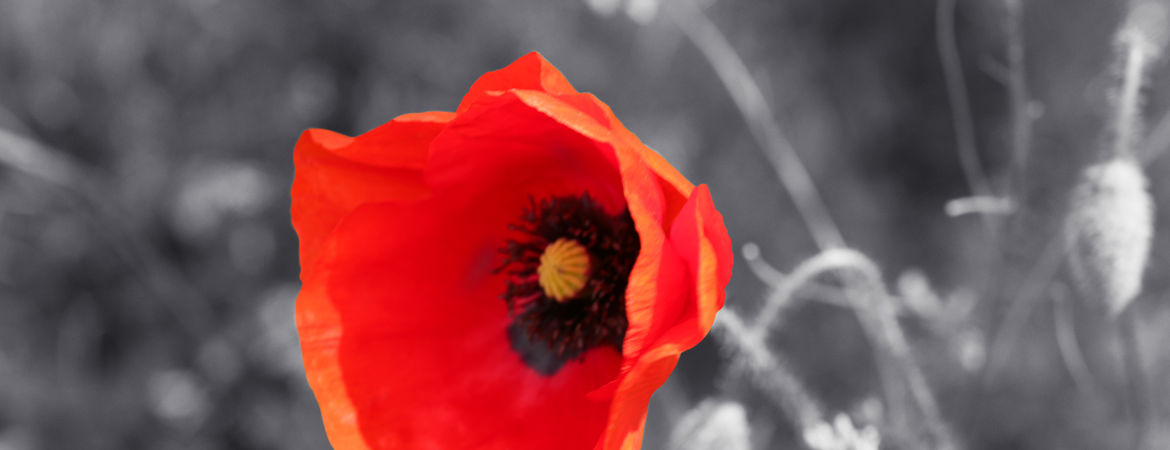- Home
- Communications
- News
- Remembrance Day
Remembrance Day
Back
Article wirtten by Emily Goff, Year 12
Armistice Day, better known as Remembrance Day, marks the day that the guns on the Western Front fell silent after four long years of continuous warfare. The day marks the end of World War One.
On the 11th November at 11 O’ Clock, the entire country takes a two-minute silence to remember those who died serving to protect the nation in World War One, as well as offering thanks to those whom dedicate their lives in conflicts all over the world.
Remembrance Sunday falls on the second Sunday every year within November. This has been happening since 1919 when King George V asked the public to hold a two-minute silence at 11am.
During the month of November, you will commonly see people wearing a poppy. The British Legion explains, ‘There was a notable and striking exception to the bleakness [in the battlefields] - the bright red Flanders poppies. These resilient flowers flourished in the middle of so much chaos and destruction, growing in the thousands upon thousands.’ Therefore, the poppy has become synonymous with remembrance, respect, and hope for the future.
Artificial poppies were first sold within Britain in 1921 to raise money towards the Earl Haig Fund. The Earl Haig Fund supports families and people who have been affected due to losses in conflict.
On Remembrance Sunday, various church services and commemorative events take place across London. The main event that you will most likely see on your television is a parade and service that takes place at the Cenotaph in Whitehall. This event is attended by the Queen, members of the royal family, politicians, and military representatives.
This year there will be special commemorative events at the Imperial War Museum in London where you will be able to find out more about all of the wars as well as the impact of these wars on society. To find out more, please visit: www.britishlegion.org.uk and www.iwm.org.uk



